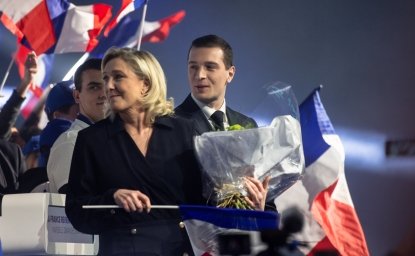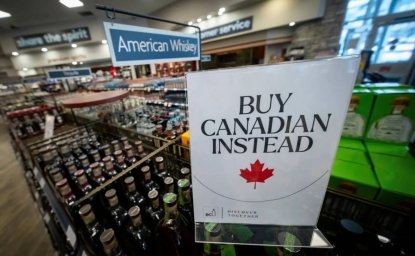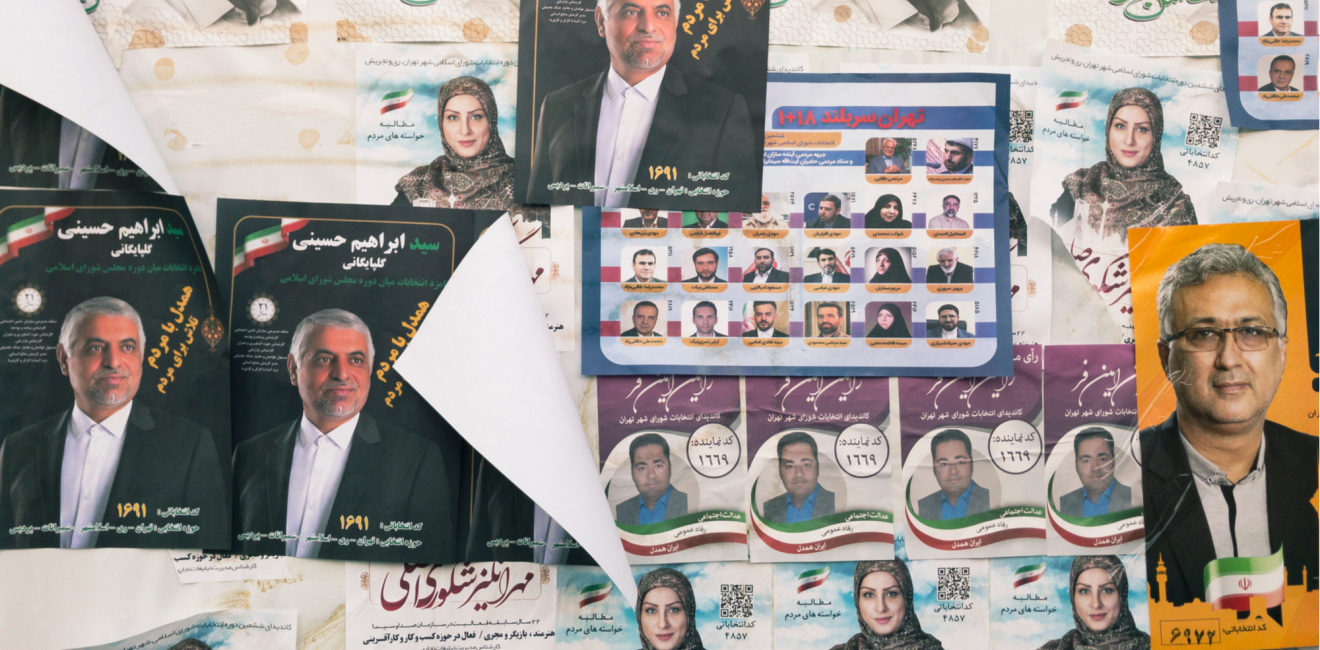The accession of Ebrahim Raisi to the presidency of Iran is the last episode in a process that began soon after the triumph of the Iranian revolution in 1979: the narrowing of political society.
By “political society” I mean the institutional space in which political actors contest the legitimate right to exercise control over public power and the state apparatus. Given the revolutionary nature of the regime change of 1979, supporters of the Shah and those who might have had misgivings about him but were broadly in favor of the constitution of 1906 were excluded from the republic’s political society from the outset.
But soon the revolutionary coalition itself narrowed. First the secular Mossadeghists, then the left, and finally the religious Mossadeghists were excluded from the arena of competitive politics. By the mid-1980s, Iran’s political society comprised three factions: radicals bent on redistributing wealth, conservatives advocating strict adherence to the traditional sharia, and, between them, centrist pragmatists who advocated both economic and cultural liberalization. For about two decades, these three factions competed with each other in elections, and by the mid-1990s it seemed as if the very real electoral competition might gradually lead to democracy, especially since the erstwhile radicals had become more moderate and called themselves reformers.
The constitution vests real power in unelected bodies dominated by the Twelver Shiite clergy, most importantly the Supreme Leader.
Between 1997 and 2001 the conservatives lost all elections, mostly by large margins. However, what optimistic observers steadfastly ignored was the constitution of the Islamic Republic. While this document provides for competitive elections, it does not grant elected officials much power. The constitution vests real power in unelected bodies dominated by the Twelver Shiite clergy, most importantly the Supreme Leader.
Still, even the limited advances towards a more open society that took place worried conservatives, who realized that to thwart reform they had to fall back on the non-democratic institutions which they controlled. One way they did this was to vet candidates for elective office. Beginning in 2004, they systematically prevented most reformers from running. Political society was now restricted to various conservative factions plus a few surviving centrists. One of the latter, Hassan Rouhani, won two consecutive elections in 2013 and again in 2017, when he handily defeated none other than Ebrahim Raisi himself.
Earlier this year, the conservatives concluded that to have their way, only a few conservatives would be allowed to run, excluding even some prominent conservatives who had run in the past. The only exception was a lone and largely unknown centrist. To no one’s surprise, Raisi won this time around.
The conservatives’ control of all institutions comes at a price: a narrowing of the regime’s social base and thus its legitimacy. In the past, many dissatisfied citizens had enough faith in the possibility of peaceful reform to participate in presidential elections because they saw them as opportunities to choose between bad and worse or between somewhat worse and much worse. This time, they largely abstained or cast invalid ballots. The centrist came third among the candidates, garnering far fewer votes than there were invalid ballots.
The discontent in Iranian society now goes beyond the urban middle class; even former president Ahmadinejad called for a boycott of the election.
What with the low turnout, the three conservative candidates together gained the support of only 43 percent of the total electorate. The discontent in Iranian society now goes beyond the urban middle class; even former president Ahmadinejad called for a boycott of the election. But let us not forget that, if the official statistics are correct, over a third of the population still backs the hardliners in Iran. Given the disunity of those who do not, that should be enough to keep the conservatives in power, especially since they enjoy the support of the coercive apparatus of the state, most importantly the IRGC.
Iran’s political society is now more homogeneous than ever before: all levers of power are in the hands of conservative hardliners. If one is so inclined as to look for a silver lining in any setback, one might argue that this homogenization of the ruling elite could facilitate a more rational engagement with the West, as improved relations would no longer constitute a victory of one faction over its rivals, thereby adding to its popularity. Such a scenario is certainly possible, but let us not forget that the same argument was made when Mahmoud Ahmadinejad won the 2005 presidential election. Rather, in the eight years of his presidency, relations with Western democracies, which had somewhat improved, deteriorated again.
This shows that conflicts, rivalries, and disagreements among officials are as likely to be of a personal nature as of an ideological kind.
Nor did Ahmadinejad’s victory over his centrist opponent in 2005 usher in a period of peace and harmony among Iran’s rulers. On the contrary: no president since the founding of the Islamic Republic defied the supreme leader as much as Ahmadinejad, whom observers had believed to be unambiguously loyal to Ali Khamenei in the beginning. This shows that conflicts, rivalries, and disagreements among officials are as likely to be of a personal nature as of an ideological kind. In spite of the fact that the constitution establishes a clear division of labor between supreme leader and president, with the latter subordinate to the former, it is conceivable that the tension that has characterized their relations since Khomeini’s death is structural. If that were the case, problems could arise between Khamenei and Raisi. This might happen if, as is widely believed, the president-elect aspires to become supreme leader himself, in which case he would have to contend with the current leader’s son Mojtaba Khamenei, who has considerable support in his father’s camarilla.
Over the last two decades, Iran’s political society has shrunk and become more homogeneous, as conservatives slowly monopolized control and found an ally in the increasingly assertive IRGC. However, personal antipathies among its remaining members are strong, and politics, at least politicking, will continue. But fewer and fewer people will care.
In early 2011 no one predicted the Arab uprisings, and in early 2020 no one foresaw the extent of the COVID crisis. One can speculate about the future of Iranian politics, but it is foolhardy to make confident predictions – especially since the country faces far more existential problems than a shrinking political society, such as drought, disease, and pollution. As an old sage once put it succinctly, “the future development of things will depend on how things develop.”
The views expressed in these articles are those of the author and do not reflect an official position of the Wilson Center.
Author

Professor of International Relations and History Frederick S. Pardee School of Global Studies, Boston University

Middle East Program
The Wilson Center’s Middle East Program serves as a crucial resource for the policymaking community and beyond, providing analyses and research that helps inform US foreign policymaking, stimulates public debate, and expands knowledge about issues in the wider Middle East and North Africa (MENA) region. Read more

Explore More
Browse Insights & Analysis
Greenland’s New Governing Coalition Signals Consensus

The Future of France's Far-Right Party

Ukrainian Issue in Polish Elections

